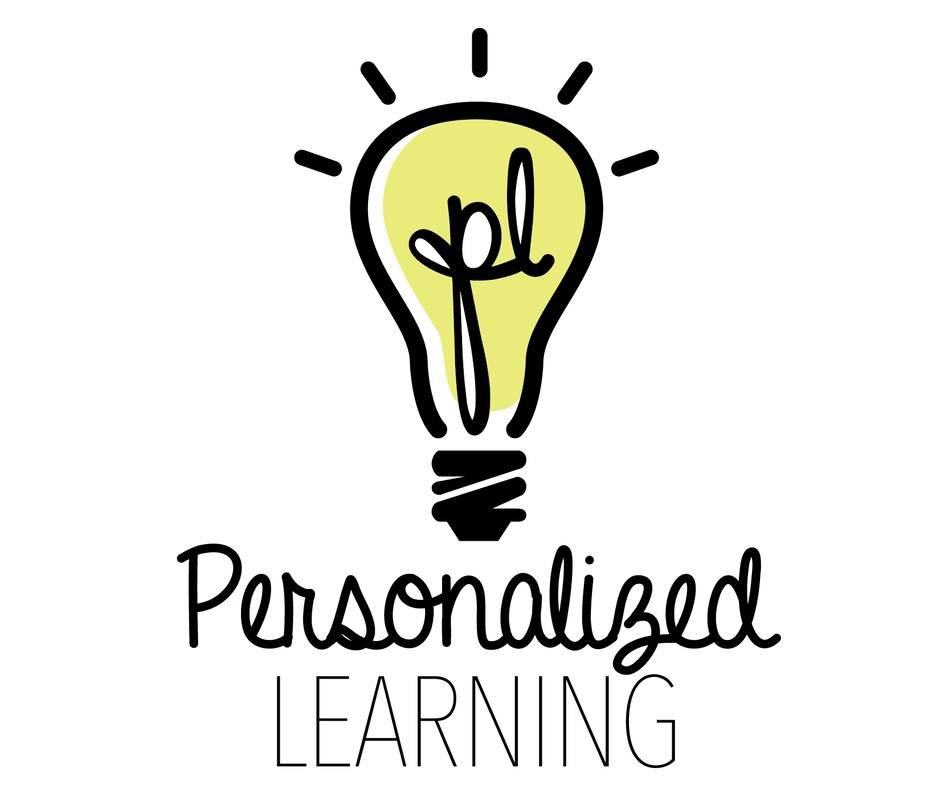Student Agency
Phase 3
"Look-Fors" During Observation
Remember: The most helpful part of the observation is not checking off items, but the conversations and reflections that happen after the visit.
Remember: The most helpful part of the observation is not checking off items, but the conversations and reflections that happen after the visit.
|
Beginning/ Developing
|
Practicing/ Achieving
|
Questions to Guide Observation
- What decisions do you see students making, how are they supported in being self-directed?
- When you ask students about their opportunities for choice in the classroom, how do they respond?
- What do you see in terms of student choice in demonstration of learning? Does the teacher provide one or two options or can students propose another way to demonstrate their understanding?
- How well can students articulate why they’ve made a choice about their learning? Can they provide rationale for why they’ve chosen to work individually, a pair, or with a group?
- What reflections do the teachers and students provide about how opportunities for choice supports learning?
- How is the teacher tracking student choices to ensure learning is best supported for all students?
Resources
- Learner Led Strategy Video: Developing Student Agency: This video provides a great overview of how students are provided flexibility in one classroom. It gives details on what structures support the students in becoming autonomous and the teacher reflects on the importance it’s had in her classroom.
- Student Agency Is Not Something You Give or Take: This article by a college student describes agency and how teachers best offer opportunities for students to develop agency through 4 key practices.
- A Teacher’s Tale of Technology, Trust and the Struggle for Freedom: This powerful blog post gives one teacher's experience with shifting instructional practices to allow for and require greater Student Agency in a Blended Learning environment.
- Choice is More than a Menu of Options: This visual gives some examples of how to provide choice across a continuum.
- 7 ways to Hack your Classroom for Student Choice: This article provides ideas for how to enable more student choice throughout the day.
- The power of student-driven learning: Shelley Wright at TEDxWestVancouverED: This video gives one teacher's story of a student-driven PBL in her classroom.
- Developing Student Agency Through Design: This article explains how making or makerspaces can foster student agency by involving principles of design thinking.
- Intro to Self-Organized Learning Environment: This video describes the Future of Learning as SOLE, Self-Organized Learning Environments, where learning is completely student driven.
- Leaders of Their Own Learning: Transforming Schools Through Student-Engaged Assessment: Leaders of Their Own Learning offers a new way of thinking about assessment based on the celebrated work of Expeditionary Learning Schools across the country. Student-Engaged Assessment is not a single practice but an approach to teaching and learning that equips and compels students to understand goals for their learning and growth, track their progress toward those goals, and take responsibility for reaching them.
- Student Voice Rubric: This a rubric for student voice.
| Opportunities for Input, Coaching Tool | |
| File Size: | 733 kb |
| File Type: | docx |
| Opportunities for Input, Coaching Tool | |
| File Size: | 221 kb |
| File Type: | |

